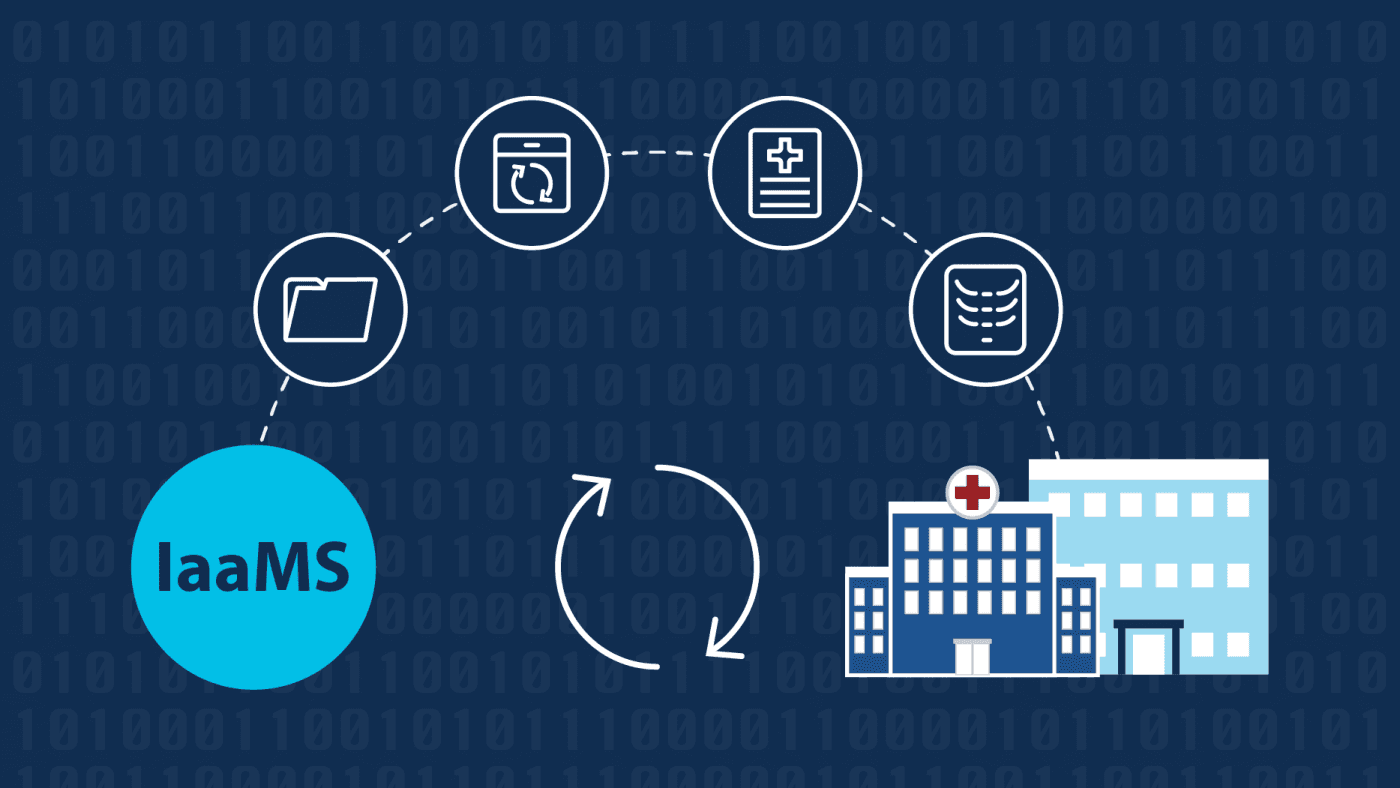Appears In
Every day, the Department of Veterans Affairs (VA) deals with a multitude of digital information, from enrollment forms and benefits information to medical images and memorial records. This information needs to be easily accessible and securely stored. That’s where the Office of Information and Technology (OIT) comes in.
Through cooperation with various VA stakeholders, OIT’s Office of Strategic Sourcing, the Development, Security, and Operations organization, and the Technology Acquisition Center recently completed a two-year project to develop and award the Infrastructure as a Managed Service contract as a VA comprehensive, consolidated, enterprise-wide storage solution.
“The digital transformation value is passed all the way down,” says Randy Padal, Executive Director for Acquisition and Category Management in OIT. “This service allows us to not only increase our storage capabilities at medical centers, but also allows us to restore data quickly for disaster recovery efforts elsewhere.”
Mr. Padal and his team also note that collaboration with Veterans Health Administration partners was essential to the project’s development and execution. A biomedical team was invited to participate in the 18-month long process to ensure their needs were met and any demand management issues could be mitigated.
“When you buy a new system, it’s a solution procurement, and individual components need to be modernized,” Padal notes. “A CAT scan machine may last 20 years, but its storage capabilities may only be good for seven. Infrastructure as a Managed Service is a rapid, cost-effective method of modernizing that system. The COVID-19 pandemic created an unexpected demand for an increase in medical imaging, and now we can scale rapidly to meet those needs.”
Infrastructure as a Managed Service reduces the number of independent acquisitions surrounding compute and storage, reduces VA’s compute and storage infrastructure costs and overhead, and simplifies administration. Using this service, VA can now reduce the number of application-specific storage systems at local sites and corporate data centers into a single cohesive on-demand infrastructure. These consolidations generate cost containment opportunities that allow VA’s IT modernization funding to stretch even further.
Previously, numerous separate compute and storage architectures existed, including storage-on-demand, tapeless backup encryption, Converged Virtualization Infrastructure, facility file shares, and VistA imaging. Over time, all these disparate infrastructures can be collapsed into the new contract. The new consumption-based model eliminates the traditional service delivery approach of buying and holding on-premises equipment and centralizes administration. This allows OIT, business partners, and our customers to only pay for compute and storage as it’s used with more responsive scalability to absorb any real-time increase or decrease of storage need.
Moreover, costs for data access and the speed of that access can differ. Some stored data may not need to be readily available, such as disaster recovery images that support VistA Imaging long term retention. In a managed solution, you can separate storage between faster (most expensive) and slower (less expensive) need for access. For instance, on-premises access to Veteran image data must be fast and highly available. However, the backup of Veteran medical image data may reside elsewhere, like in an offsite data repository in the cloud, where it can be accessed if the on-premises image data is corrupted, lost, or unavailable.
The managed service storage approach has long-term cost reduction projections of up to 75 percent using the Federal Cloud Computing Strategy, commonly referred to as the “Cloud Smart” model. Infrastructure as a Managed Service solves complex VA enterprise storage challenges and provides a pathway to an increased transition to cloud services. Infrastructure as a Managed Service also alleviates data center environmental constraints such as space, power, and cooling, driving down the total cost of IT ownership.
In its initial phase, Infrastructure as a Managed Service will refresh legacy VistA imaging compute and storage at 156 locations nationwide. Other emergent needs to be addressed include replacement of the Converged Virtualization Infrastructure (42,000 virtual machines spread across 200 VA facilities), end-user file shares for more than 400,000 users, data backup for all VA facilities, and storage on demand infrastructure at VA’s core data centers.








